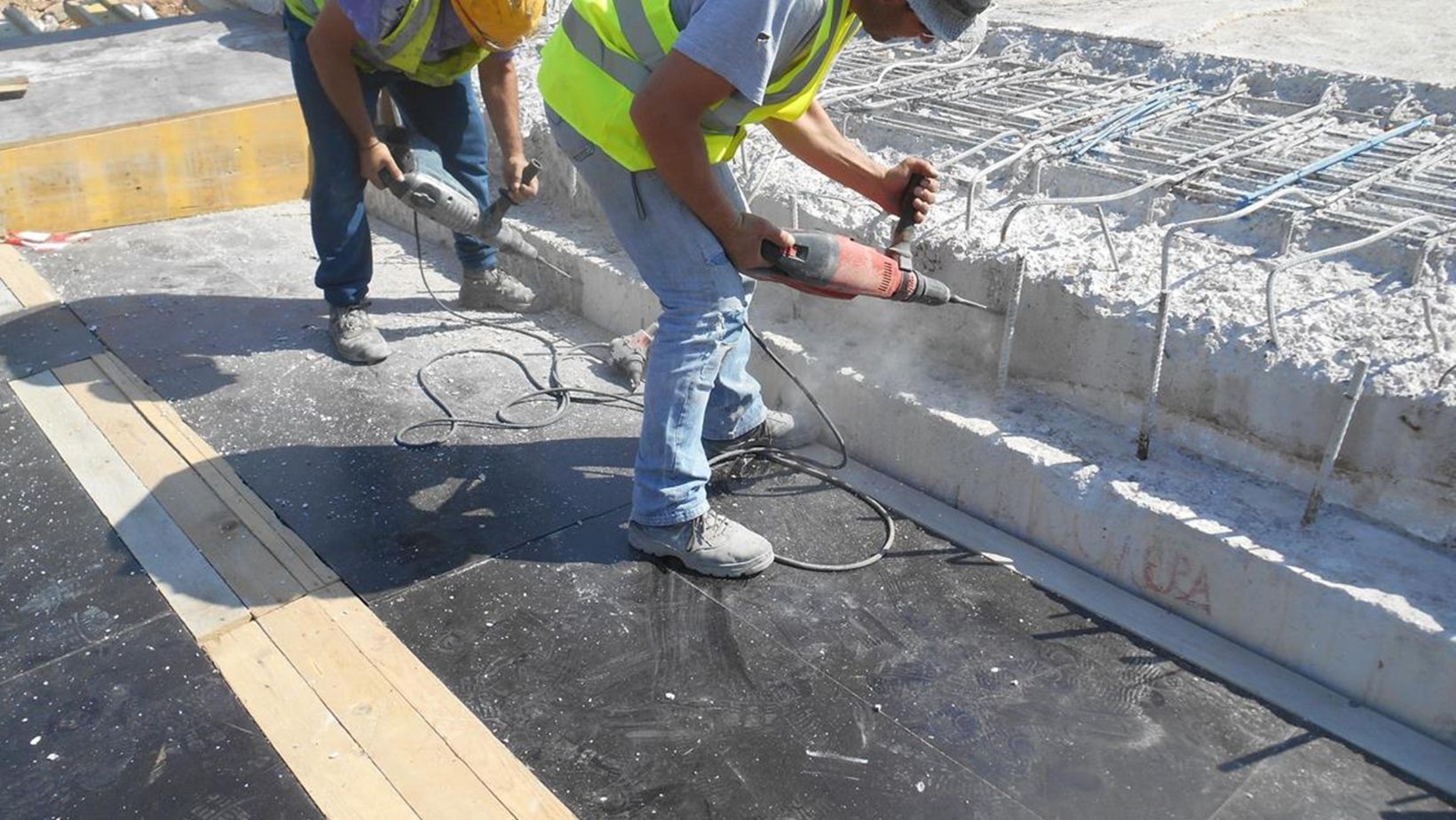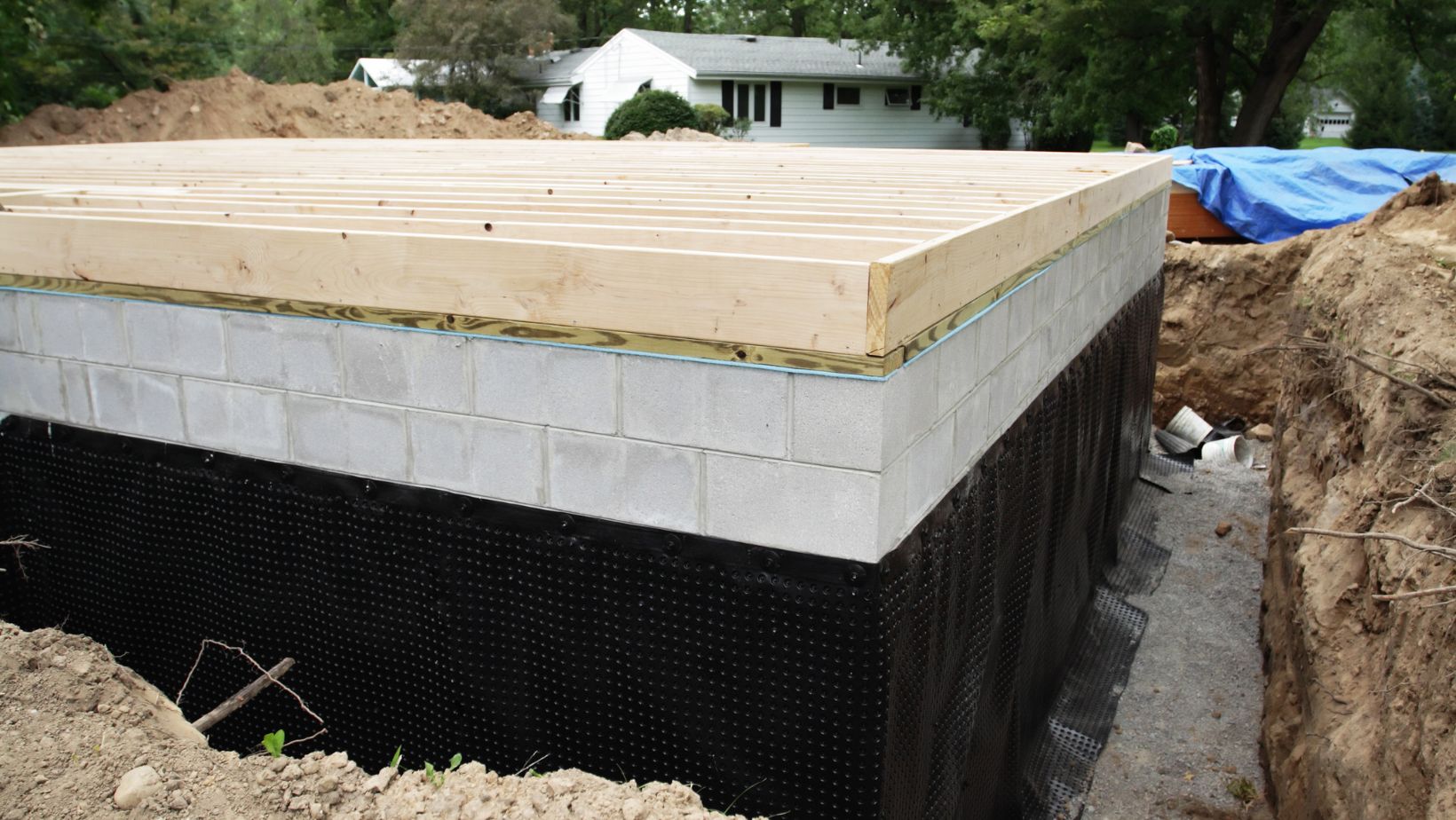Anyone who has dealt with a damp, musty basement knows that proper basement waterproofing solutions can transform these neglected spaces into valuable living areas. What many homeowners don’t realize is that investing in residential basement waterproofing does more than just solve moisture problems – it unlocks an entire floor of potential living space that has been hiding beneath your feet all along. With housing costs climbing and space at a premium, tapping into this underutilized area represents one of the smartest ways to expand your home’s functional footprint without the massive expense and disruption of a traditional addition.
The Hidden Real Estate Beneath Your Feet
Think about it this way: in a typical two-story home with a basement, roughly one-third of your total square footage might be sitting unused or underutilized simply because of moisture concerns. That’s like owning a vacation home you never visit or leasing a car you never drive – an asset you’re paying for but not enjoying.
Converting this space after waterproofing typically costs 50-70% less per square foot than building a new addition. The foundation already exists, the roof is already there, and the utilities are often already roughed in. It’s like finding money in the pocket of an old coat, except instead of a forgotten twenty-dollar bill, you’ve discovered an entire floor of your home.
Beyond the Dehumidifier: Real Solutions for Dry Spaces
Let’s be honest – that standalone dehumidifier has been fighting a losing battle for years. It’s the equivalent of trying to empty a bathtub with a teaspoon while the faucet continues running. Addressing basement moisture effectively requires understanding that water is remarkably persistent and surprisingly creative about finding ways into your home.
Comprehensive basement waterproofing systems address moisture at multiple entry points:
- Exterior drainage systems that direct water away from foundation walls
- Interior perimeter drains that capture water that makes it through
- Sump pump systems that actively remove collected water
- Vapor barriers that prevent humidity from passing through walls
- Crack repairs that seal direct water entry points
The difference between a properly waterproofed basement and a temporarily dried-out one resembles the difference between actually fixing a leaky pipe versus just putting a bucket under it – one solves the problem while the other merely manages symptoms.
The Moisture Testing Truth Test
Before diving into any basement transformation project, conducting proper moisture testing provides the reality check every homeowner needs. The truths revealed through systematic testing often contradict years of assumptions about basement conditions.
Many homeowners are surprised to discover that what feels like a “mostly dry” basement actually has relative humidity levels above 65% – well into the danger zone for mold growth and wood rot. Others learn that seemingly minor seepage during heavy rains indicates more significant structural vulnerabilities.
Proper testing involves more than just visual inspection. Moisture meters that measure content in building materials, relative humidity monitors, and even thermal imaging can reveal water issues that remain invisible to the naked eye. This diagnostic approach resembles getting a complete medical workup instead of self-diagnosing based on obvious symptoms.
From Function to Fabulous: Design Considerations Post-Waterproofing
Once your basement waterproofing system ensures a consistently dry environment, thoughtful design transforms the space from merely functional to genuinely fabulous. The most successful basement conversions acknowledge and work with the unique characteristics of below-grade spaces rather than fighting against them.
Creative Lighting Strategies for Below-Grade Spaces
Limited natural light represents the most obvious challenge in basement environments. Overcoming this limitation requires layered lighting approaches:
- Well-placed egress windows that maximize available natural light
- Recessed ceiling fixtures that create even ambient illumination
- Task lighting focused on specific activity areas
- Accent lighting that creates visual interest and perceived depth
- Light-colored finishes that reflect and multiply available light
Thoughtful lighting design can make basement spaces feel surprisingly bright and welcoming. The transformation resembles the difference between a cloudy day and a sunny one – the space dimensions remain identical, but the experience changes completely.
Flooring Choices That Stand Up to Subsurface Realities
Even with excellent waterproofing, basement floors benefit from materials specifically designed for below-grade applications. The best options combine moisture resistance with comfort underfoot:
- Luxury vinyl plank or tile with waterproof cores
- Porcelain tile with proper underlayment
- Engineered hardwood specifically rated for basement applications
- Specialized basement carpet tiles with vapor-barrier backing

Selecting appropriate materials prevents the disappointment of premature deterioration and ensures your investment remains beautiful for years. It’s similar to choosing the right plant for a specific garden location – putting sun-loving varieties in shady spots leads to predictable disappointment.
Value-Adding Conversion Options
The financial return on basement finishing projects after waterproofing consistently ranks among the highest for home renovations, with national averages showing 70-75% return on investment. However, certain conversion types tend to deliver particularly strong returns:
The Home Entertainment Revolution
Media rooms and entertainment spaces continue growing in popularity as streaming services expand and home audio/visual technology improves. Basements provide ideal environments for these experiences because:
- Sound isolation happens naturally due to concrete walls
- Light control is easier in spaces with limited windows
- Larger continuous floor plans accommodate proper seating arrangements
- Separation from main living areas prevents disturbance to non-viewers
A well-executed basement media space often becomes the home’s primary gathering spot, completely changing family dynamics and entertainment patterns.
The Work-From-Home Workspace Solution
With remote work becoming permanent for many professionals, dedicated home office space has evolved from luxury to necessity. Waterproofed basements converted to office space offer distinct advantages:
- Separation from household traffic and distractions
- Acoustic isolation for video conferencing
- Abundant space for proper ergonomic setups
- Custom storage for business materials and equipment
Many remote workers report productivity improvements after moving from makeshift dining table workstations to proper basement offices, similar to the difference between camping and staying in a well-appointed hotel.
The Income-Generating Apartment Option
In many municipalities, zoning allows converting waterproofed basements into separate apartment units, creating significant income potential. These accessory dwelling units (ADUs) can:
- Generate monthly rental income that often covers the entire mortgage payment
- Provide housing for aging parents or adult children
- Create flexible space that evolves with changing family needs
- Significantly increase overall property values
This approach essentially transforms your home from a pure expense into an income-producing asset, fundamentally changing its financial impact on your household.
The Comfort Factor: Climate Control in Converted Basements
Properly waterproofed and insulated basements actually offer superior climate control potential compared to above-grade spaces. The surrounding soil provides natural temperature moderation, creating remarkably stable environments that require less heating and cooling energy.
This stable temperature foundation makes basements ideal candidates for high-efficiency climate systems like ductless mini-splits or radiant floor heating. The result is spaces that maintain comfortable conditions year-round with minimal energy input, resembling the consistent temperatures found in well-designed wine cellars.
Conclusion: The Transformation Waiting Below
A properly waterproofed basement represents more than just a home maintenance success – it unlocks the door to your home’s hidden potential. With thoughtful planning and quality execution, this often-neglected space transforms from forgotten storage to favorite destination.

For homeowners facing today’s challenging real estate market, basement conversion after waterproofing offers the rare opportunity to dramatically increase living space without the extreme costs of addition construction or the disruption of relocation. It’s the residential equivalent of finding an extra room in your house that you somehow never noticed before – except this one requires a little help to reach its full potential.
The journey from wet to wow begins with comprehensive waterproofing and ends with a space so inviting that visitors never guess they’re enjoying your former storage catch-all. That transformation represents not just a home improvement success but a fundamental reinvention of how you experience and enjoy your most significant investment.


More Stories
How Automation and Smart Tools Are Transforming Architectural Practice
Why Turnkey Sweepstakes Software Is Catching On Fast
Corian: A Modern, Durable Choice for Contemporary Kitchens